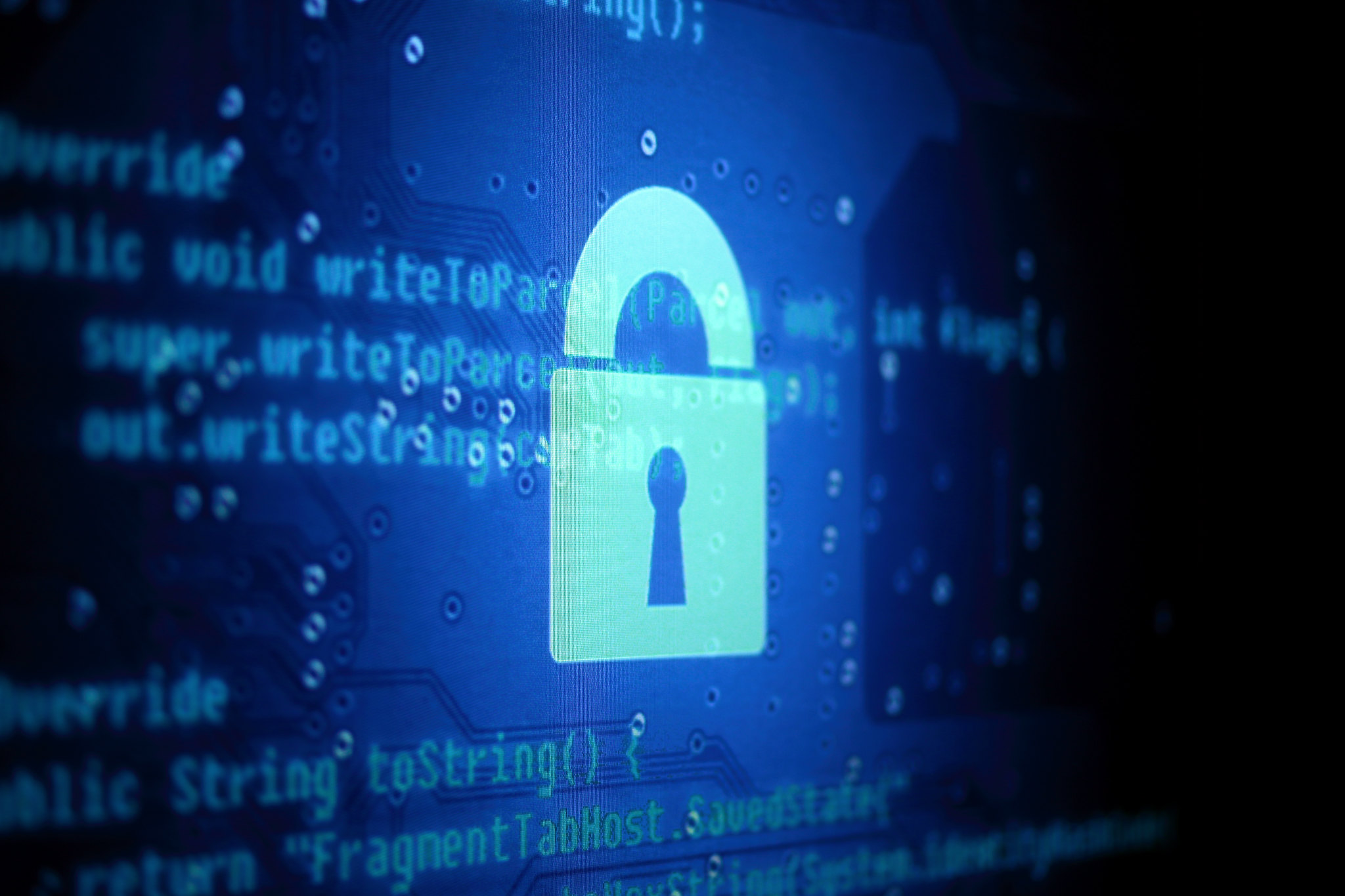
Usable Encryption
Users are constantly sharing vast amounts of information over digital channels, with much of this information being sensitive.1,2 However, existing communication systems have insufficient security and privacy protections,3,4 enabling widespread surveillance of Internet traffic by governments and data mining by cloud service providers. As such, there is a critical need for systems that enable users to take control of their online data, deciding when and by whom it can be accessed. While the cryptographic primitives necessary to secure online communication and data storage are well known3,4 the key challenge lies in designing systems that are sufficiently usable to ensure secure and correct usage by non-expert users.5
In our research, we have conducted large-scale surveys and interviews of email6 and group chat2,7 users to understand their requirements for secure online communication. we have also conducted technical and usability evaluations of the security and usability primitives found in modern secure messaging tools~\cite{ruoti2016were,ruoti2019usability,clark2021sok}.4,8,9 To address identified issues, we created and evaluated various design patterns to improve usability and real-world security. These design principles include seamless integration of secure email systems within existing communication tools,10,11 inline, guided tutorials,12 delayed encryption,12 and manual encryption.11,12 We also conducted the first A/B study comparing the usability of key management schemes13 (identity-based encryption, PGP, and shared passwords) and measured the usability of secure email based on short-lived secrets.14 This research resulted in the first secure email system shown to be usable by non-expert users, with user testing demonstrating that it had better usability and security outcomes than any other research or enterprise systems.8,911. Our system also generalizes to secure other forms of online communication and cloud storage.13
With this significant progress, our attention has now turned to the knowledge gap regarding usable key management. While our work has demonstrated how to help users manage a single key over a short time, it remains unclear how key management systems designs can (i) help users manage a large number of keys (ii) over a long time and (iii) without a centralized key management service. Such knowledge is needed to enable the real-world deployment of advanced cryptographic schemes that rely on users to manage a large number of keys over their lifetimes. As the first step in this direction, we are investigating how businesses using S/MIME to encrypt their email can enable cross-organization key discovery. We also plan to investigate challenges users face during key synchronization and recovery, then create and quantify the ability of system designs to address these challenges. This research plan is creative and original in that it breaks from the status quo of considering only short-term and centralized key management, instead considering the need for long-term management of keys in a decentralized environment.
-
Ruoti et al. 2017. Weighing context and tradeoffs: How suburban adults selected their online security posture. In Proceedings of the 13th Symposium on Usable Privacy and Security. USENIX. ↩
-
Oesch et al. 2020. Understanding user perceptions of security and privacy for group chat: A survey of users in the US and UK. In Proceedings of the 36th Annual Computer Security Applications Conference. ACM. ↩ ↩2
-
Unger et al. 2015. SoK: Secure Messaging. In Proceedings of the 36th IEEE Symposium on Security and Privacy. IEEE. ↩ ↩2
-
Clark et al. 2021. SoK: Securing email—A stakeholder-based analysis. In Proceedings of the 25th International Conference on Financial Cryptography and Data Security. Springer. ↩ ↩2 ↩3
-
Ruoti and Seamons. 2019. Johnny’s journey toward usable secure email. In IEEE Security & Privacy, Vol. 17, No. 6, pages 72–76, November/December 2019. IEEE. ↩
-
Ruoti et al. 2017. Weighing context and tradeoffs: How suburban adults selected their online security posture. In Proceedings of the 13th Symposium on Usable Privacy and Security. USENIX. ↩
-
Oesch et al. 2022. User perceptions of security and privacy for group chat. In ACM Digital Threats: Research and Practice. ACM. ↩
-
Ruoti et al. 2016. “We’re on the same page”: A usability study of secure email using pairs of novice users. In Proceedings of the 34th ACM Conference on Human Factors in Computing Systems. ACM. ↩ ↩2
-
Ruoti et al. 2019. A usability study of four secure email tools using paired participants. In ACM Transactions on Privacy and Security, Vol. 22, No. 2, pages 22–29. ACM. ↩ ↩2
-
Robison et al. 2012. Private Facebook Chat. In Proceedings of the 2012 International Conference on Privacy, Security, Risk, and Trust and 2012 International Conference on Social Computing. IEEE. ↩
-
Ruoti et al. 2013. Confused Johnny: When automatic encryption leads to confusion and mistakes. In Proceedings of the 9th Symposium on Usable Privacy and Security. ACM. ↩ ↩2 ↩3
-
Ruoti et al. 2016. Private Webmail 2.0: Simple and easy-to-use secure email. In Proceedings of the 29th ACM Symposium on User Interface Software and Technology. ACM. ↩ ↩2 ↩3
-
Ruoti et al. 2018. A comparative usability study of key management in secure email. In Proceedings of the 14th Symposium on Usable Privacy and Security. USENIX. ↩ ↩2
-
Monson et al. 2018. A usability study of secure email deletion. In Proceedings of the 3rd European Workshop on Usable Security. Internet Society. ↩
Grants
Publications
Conferences
Journals and Magazines
To better understand how these results relate to existing tools, we conduct cognitive walkthroughs (a form of expert usability review) for five popular group chat tools. Our results demonstrate that while existing tools address some items identified in our surveys, this support is partial and is insufficient in many cases. As such, there is a need for improved group chat tools that better align with user perceptions and requirements. Based on these findings, we provide recommendations on improving the security and usability of secure group chat.